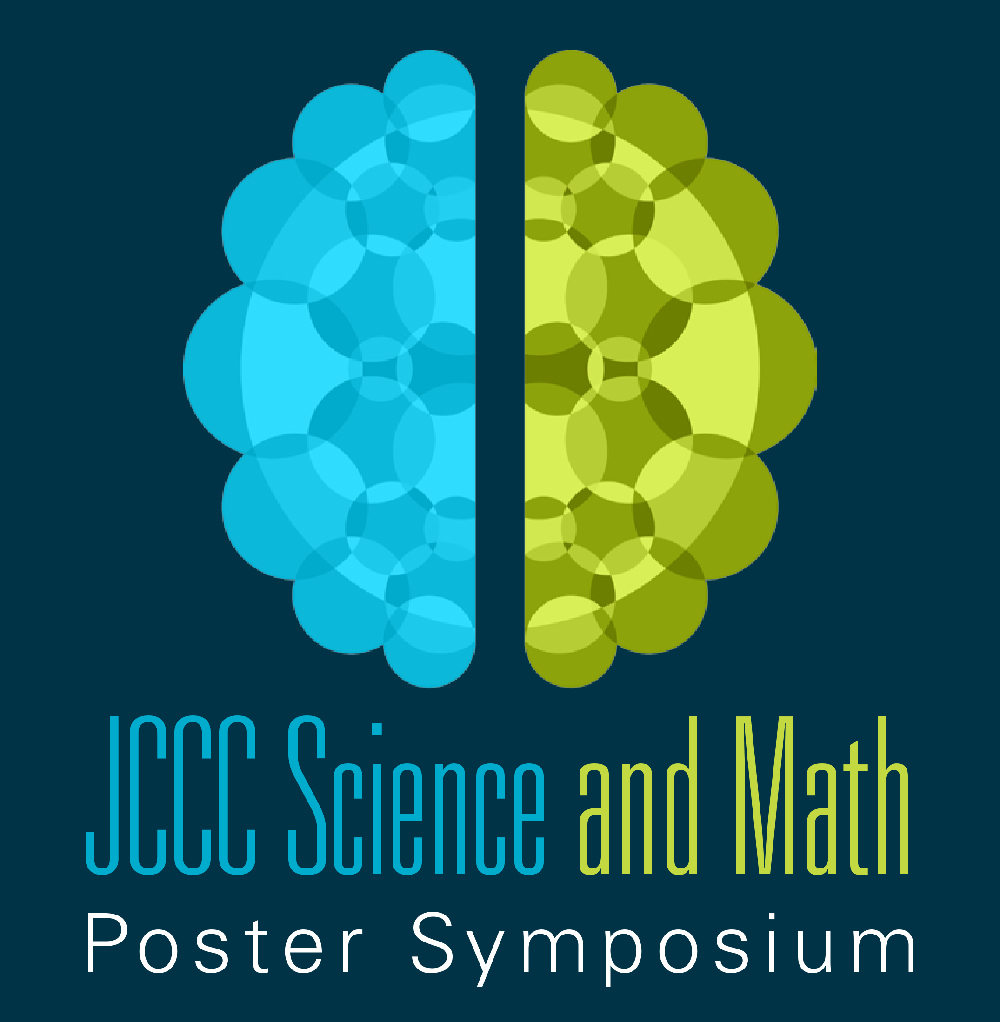Start Date
28-4-2022 1:30 PM
Document Type
Poster
Description
Antibiotic resistant infections, which are caused by the ESKAPE pathogens, are becoming increasingly deadly and therefore require the use of new antibiotics to cure. However, those antibiotics have not yet been discovered. So the goal this semester was to change that, and to find a bacteria that would be able to inhibit the growth of the ESKAPE pathogen relatives. While bacteria can be found everywhere, the bacteria that were focused on were the ones found in the soil. To begin, a sample of soil was collected and serially diluted, the bacteria were then observed for their inhibitory characteristics and a candidate was chosen. Next, the candidate went through a series of processes to help in its identification, such as staining and PCR. While the results are not available at this time, gel electrophoresis and sequencing will also be completed and results will be present at the time of the symposium. Through these studies, I found that candidate RF005, showed the greatest inhibitory characteristics against the ESKAPE safe relatives and therefore went through the processes listed above. Further testing of RF005 will be performed to identify any other positive characteristics that would potentially be helpful in either the medical field or some other area. In the end, RF005 will either be further tested by professionals or the testing of RF005 will be concluded.
Antibiotic Production in Soil Bacteria Tested Against Safe Relatives of ESKAPE Pathogens
Antibiotic resistant infections, which are caused by the ESKAPE pathogens, are becoming increasingly deadly and therefore require the use of new antibiotics to cure. However, those antibiotics have not yet been discovered. So the goal this semester was to change that, and to find a bacteria that would be able to inhibit the growth of the ESKAPE pathogen relatives. While bacteria can be found everywhere, the bacteria that were focused on were the ones found in the soil. To begin, a sample of soil was collected and serially diluted, the bacteria were then observed for their inhibitory characteristics and a candidate was chosen. Next, the candidate went through a series of processes to help in its identification, such as staining and PCR. While the results are not available at this time, gel electrophoresis and sequencing will also be completed and results will be present at the time of the symposium. Through these studies, I found that candidate RF005, showed the greatest inhibitory characteristics against the ESKAPE safe relatives and therefore went through the processes listed above. Further testing of RF005 will be performed to identify any other positive characteristics that would potentially be helpful in either the medical field or some other area. In the end, RF005 will either be further tested by professionals or the testing of RF005 will be concluded.


Comments
The faculty mentor for this project was Angela Consani, Biology.